(CLO) More than 300 typical images, documents and artifacts introduced at the thematic exhibition "Phu Xuan - Gia Dinh, historical imprints" will contribute a new perspective on King Ham Nghi and the fall of Hue Capital (1885).
Ho Chi Minh City Museum has just coordinated with Thua Thien Hue Provincial History Museum to organize a special exhibition on Phu Xuan - Gia Dinh, historical imprints. This is one of the activities towards the 65th anniversary of the twinning between Hanoi , Hue and Ho Chi Minh City (October 8, 1960 - October 8, 2025).
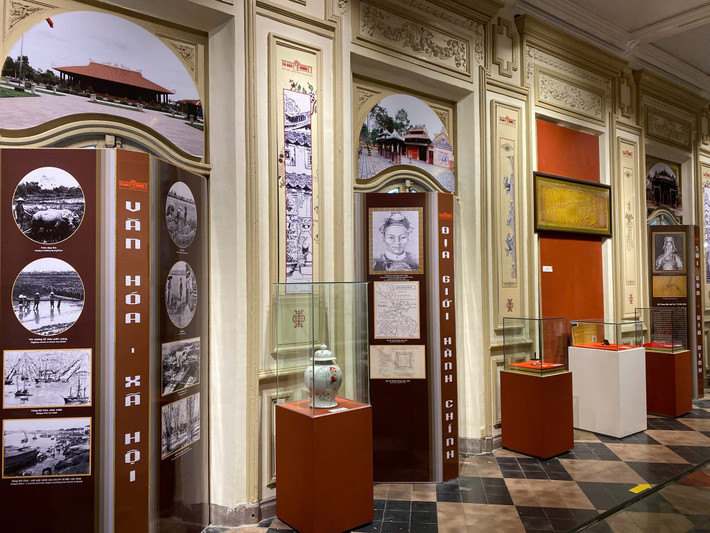
A corner of the exhibition. Photo: Van The Hue
This thematic exhibition focuses on the theme From Thuan Hoa - Phu Xuan to the Ancient Capital of Hue - where the national cultural heritage converges and crystallizes, and the theme From the ancient South (17th-19th centuries) to present-day Saigon.
The Phu Xuan - Gia Dinh thematic exhibition, historical imprints bring to the public and visitors an overview of the history of the formation of the political , economic and social center of Phu Xuan - Hue (since 1558), the history of the establishment of Gia Dinh - Saigon and the process of our ancestors' exploration of the territory to the South (since 1698).
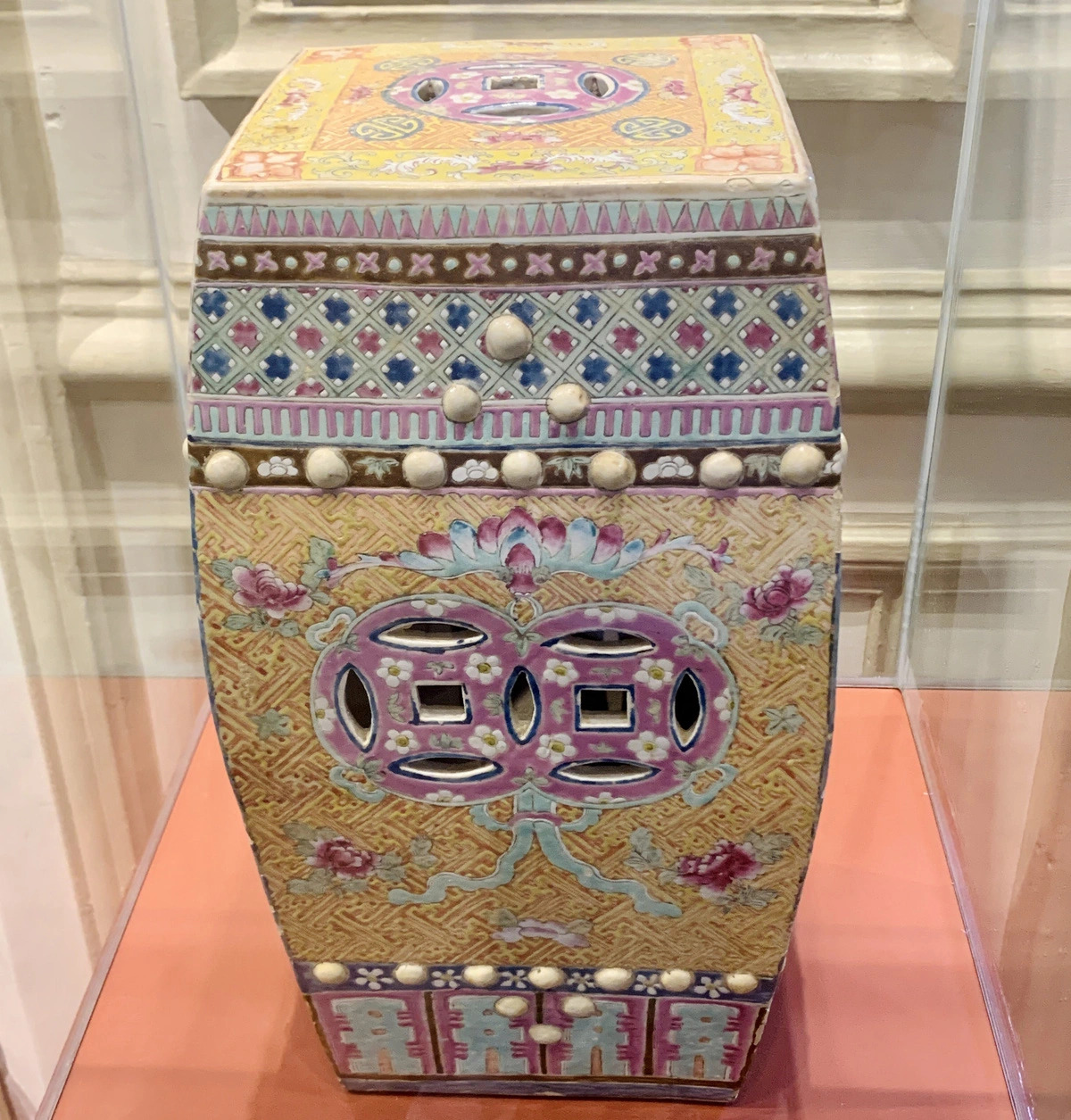
Porcelain pedestal dating from the late 19th century, discovered in Hue. Photo: Hoai Phuong
In addition, the topic also introduces the achievements in economy, culture and the difficulties and challenges of establishing Vietnam's sovereignty through feudal dynasties.
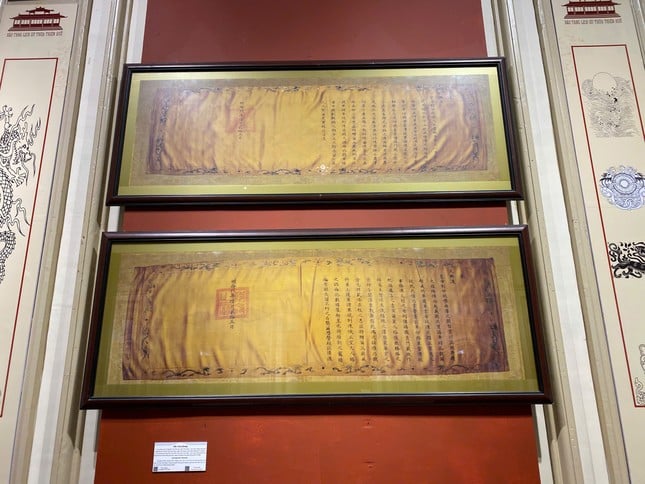
Some artifacts at the exhibition. Photo: Ngoc Van
The strong cultural imprints in daily life, customs and practices... the interweaving and blending of royal culture and folk culture to form the regional cultural characteristics of the ancient Southern residents.
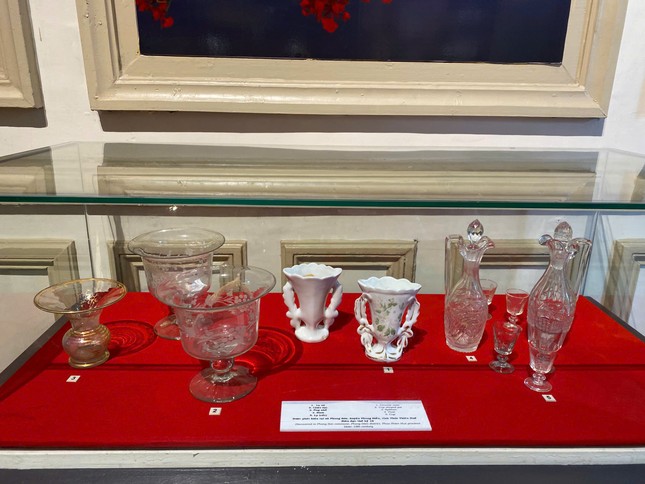
Phong Son artifacts are introduced at the thematic exhibition. Photo: Ngoc Van
In this special issue, the Thua Thien-Hue History Museum also announced and introduced a collection of Phong Son artifacts dating from the late 19th to early 20th centuries.
According to some experts, these are some of the artifacts that King Ham Nghi brought with him during his escape to Tan So, Quang Tri, after the fall of Hue (1885).
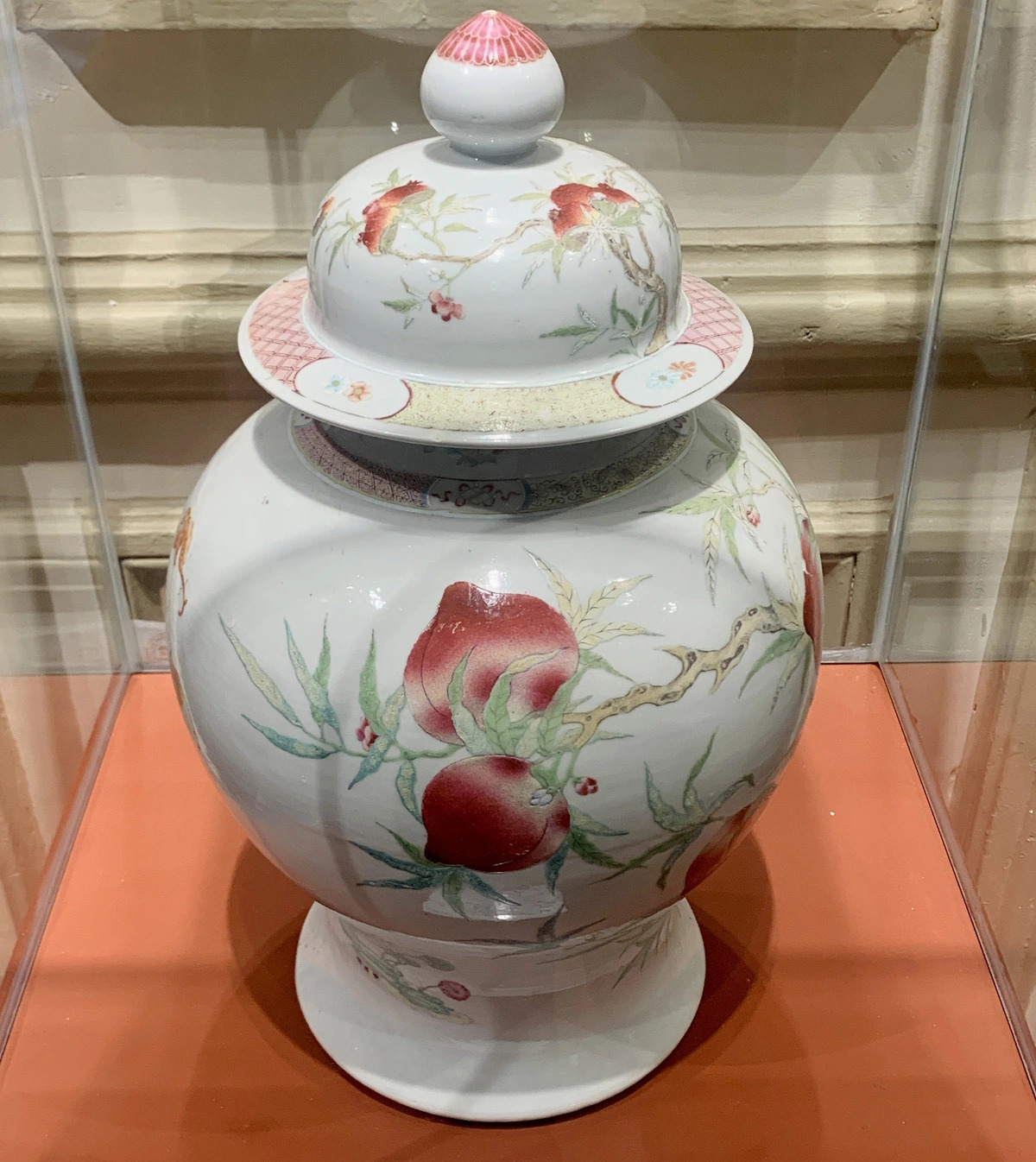
The jar dates back to the late 19th century and was discovered in Hue. Photo: Hoai Phuong
On this occasion, the Ho Chi Minh City Museum introduced many valuable artifacts such as the Luong Tai Tu seal, the Imperial Envoy's seal, the An Lap Chau seal, the Xa Cau (Kieu) seal of the General Secretary, the royal decree, precious maps, etc. dating from the 18th to the 20th century.
Thereby, promoting and enriching the cultural values of traditional crafts of Hue in particular and Vietnam in general, while honoring the silent contributions of folk artisans to traditional crafts.
King Ham Nghi (1871-1944), real name Nguyen Phuc Ung Lich, was the 8th emperor of the Nguyen Dynasty - the last feudal dynasty in Vietnamese history.
In 1884, Nguyen Phuc Ung Lich was enthroned at the age of 13 by the regents Nguyen Van Tuong and Ton That Thuyet, with the reign name Ham Nghi.
After the fall of the capital Hue in 1885, Ton That Thuyet took King Ham Nghi to Tan So mountain area (now Cam Lo district, Quang Tri province) and issued the Can Vuong edict against French colonialism.
King Ham Nghi was arrested on October 30, 1888, and then exiled to Algeria (Africa). He lived in a villa on El Biar hill, about 12km from the capital Alger, with his wife and children until he died of stomach cancer.
Source: https://www.congluan.vn/vua-ham-nghi-mang-theo-nhung-gi-sau-bien-co-that-thu-kinh-do-hue-post323631.html


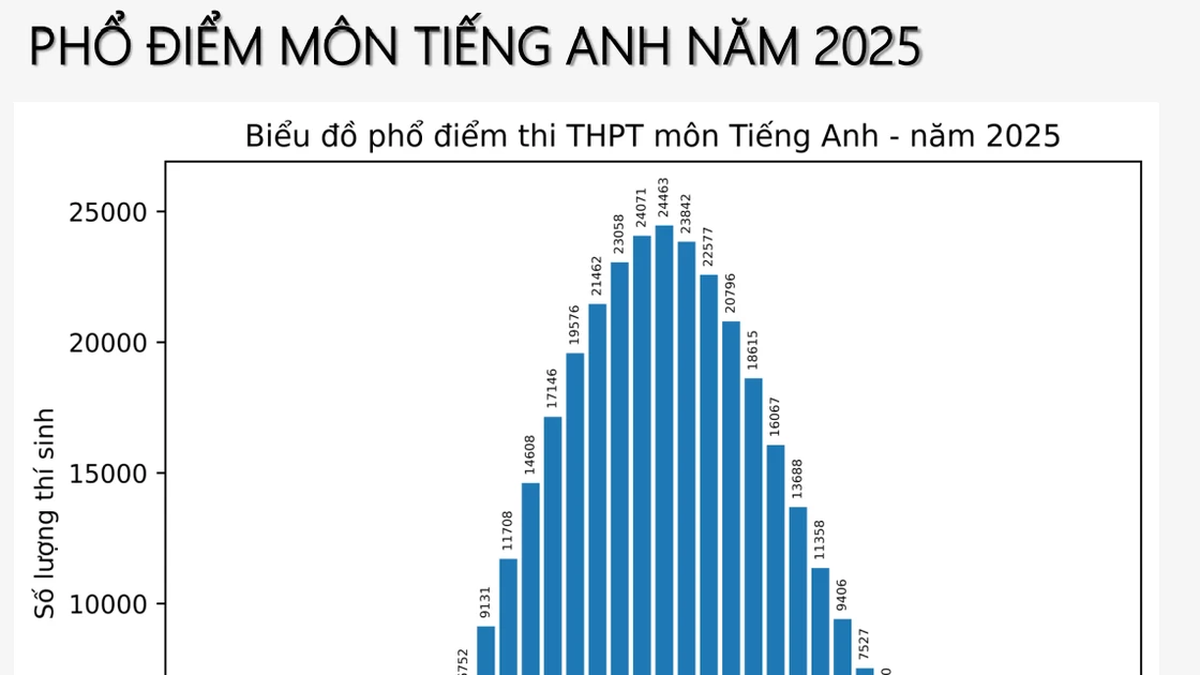
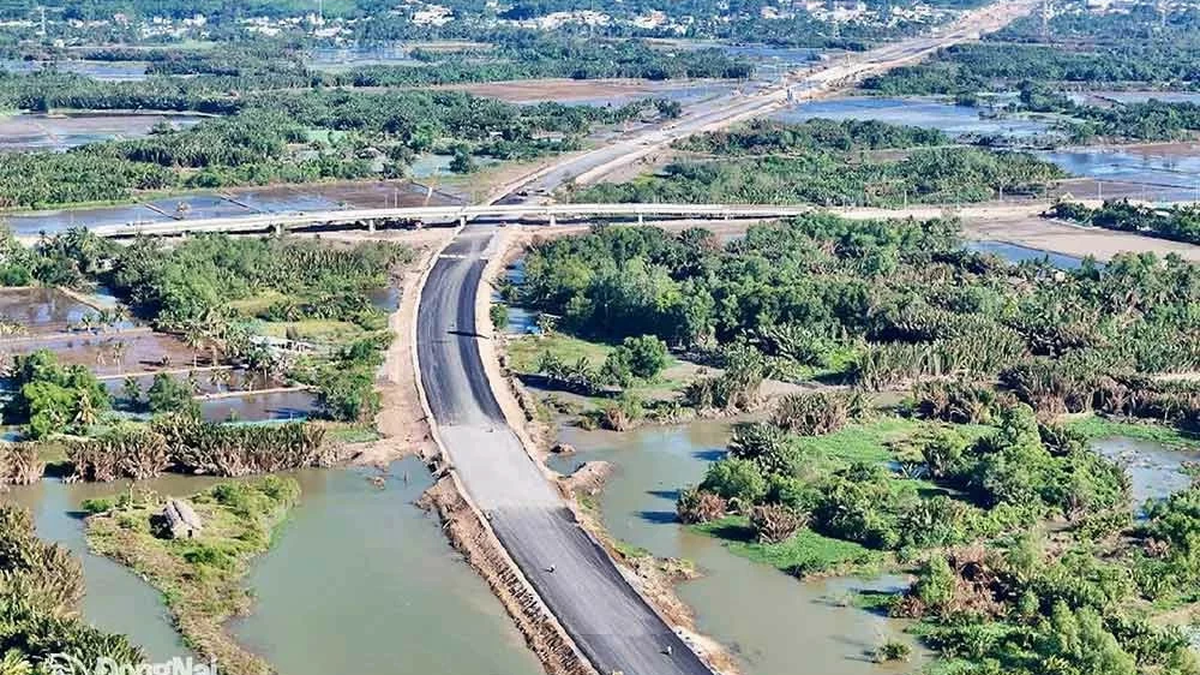
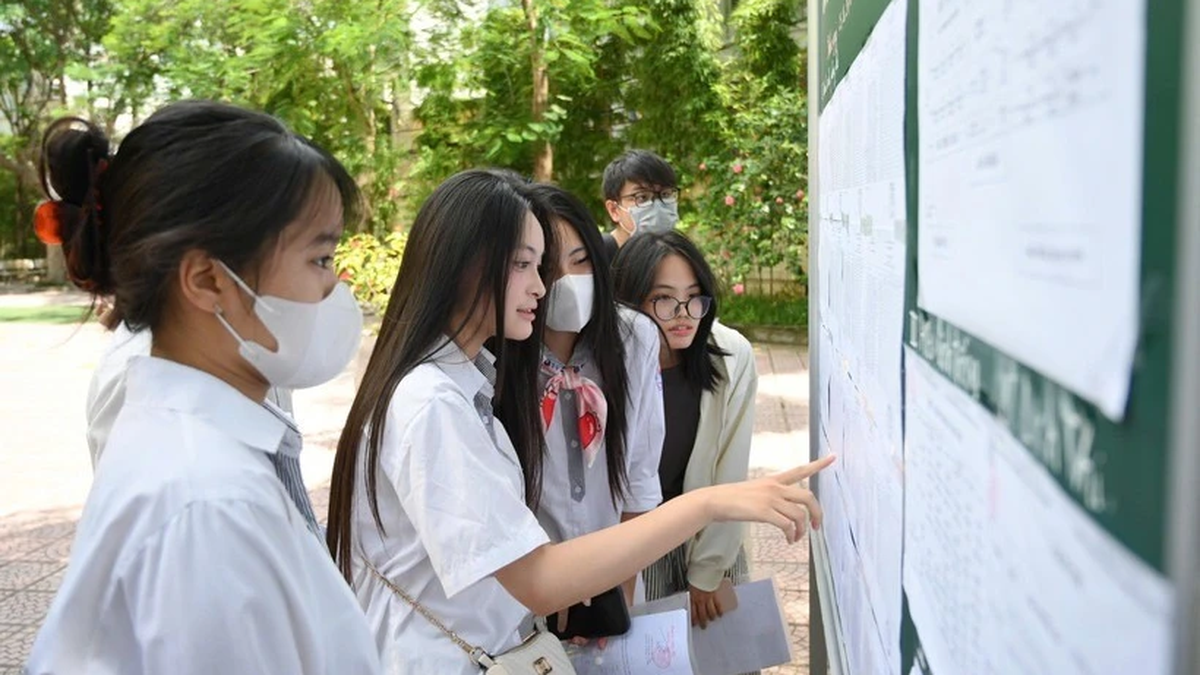

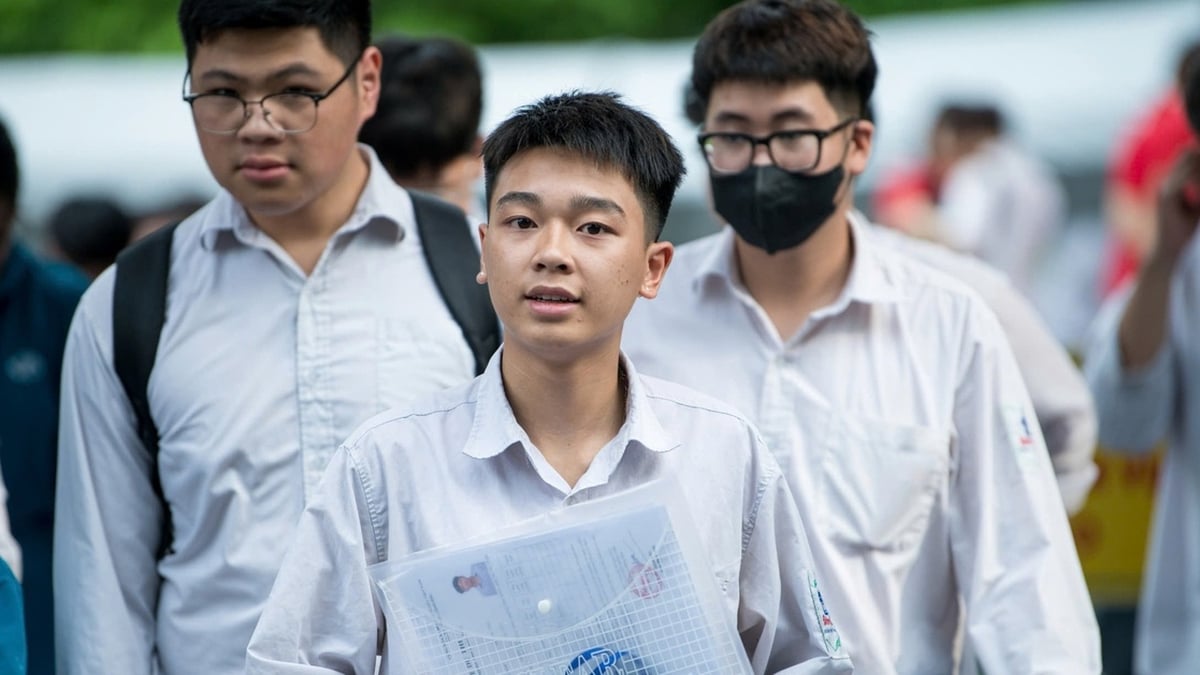
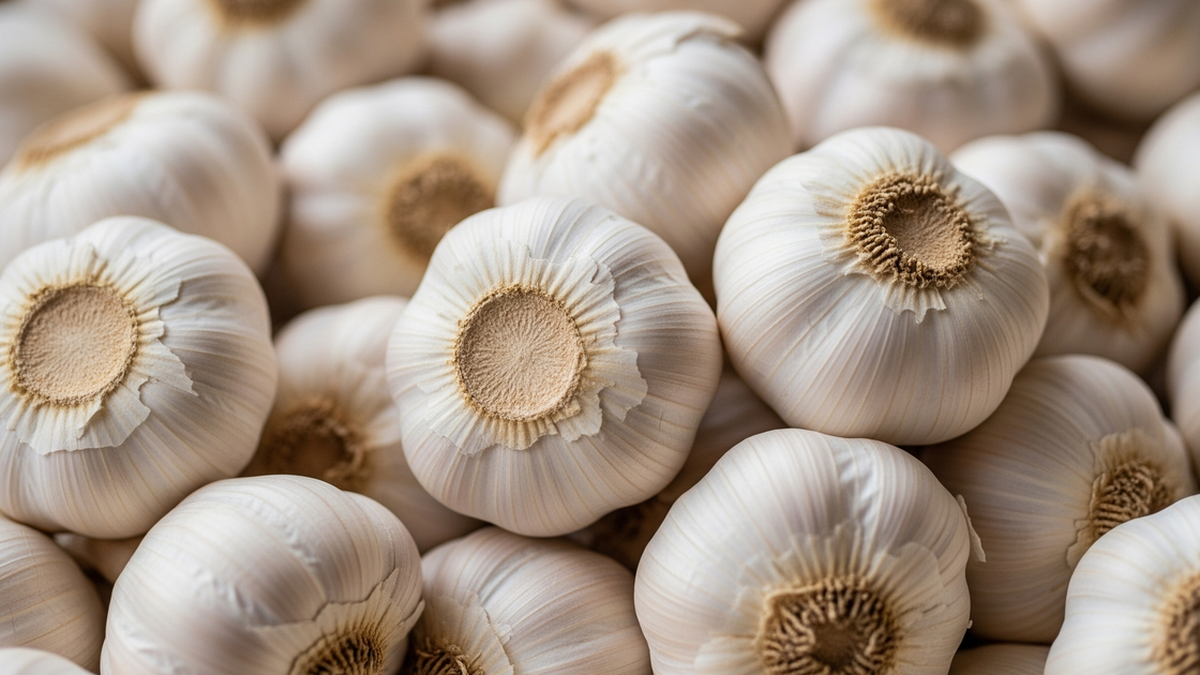
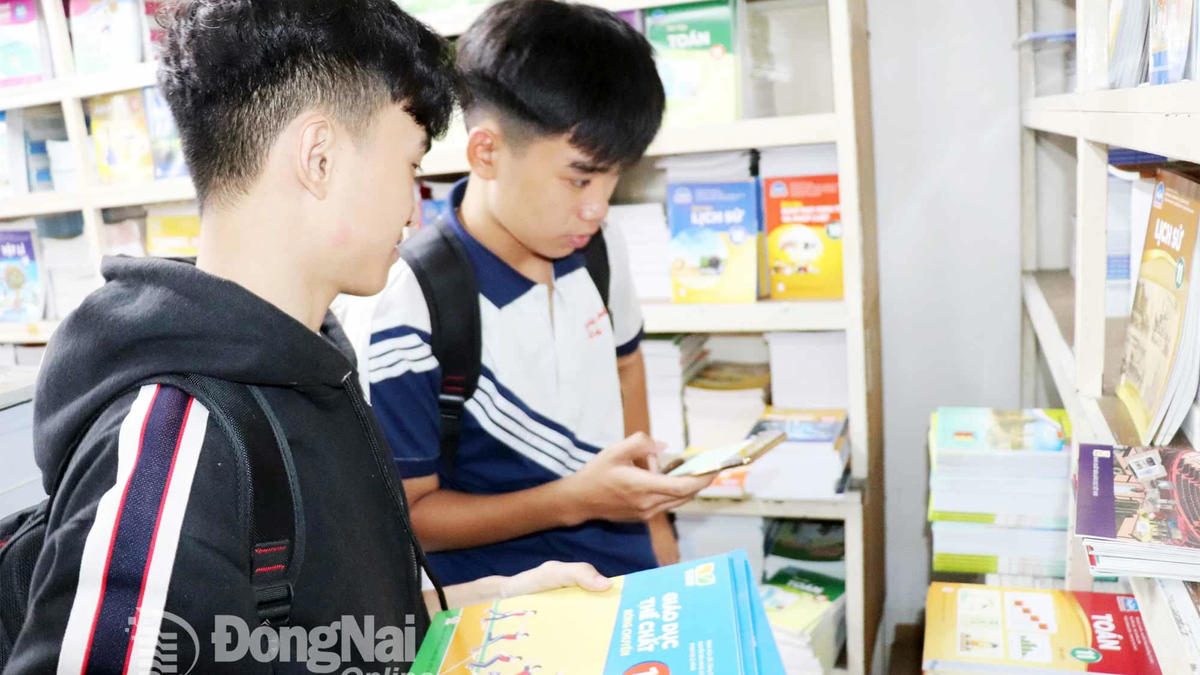
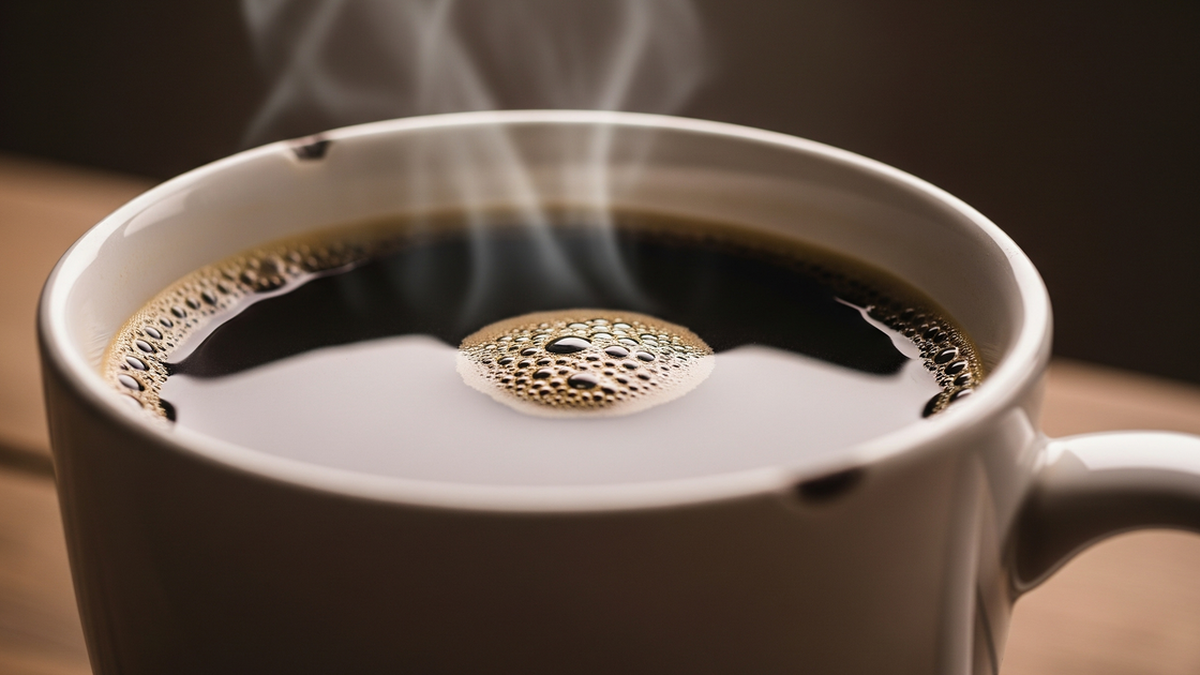
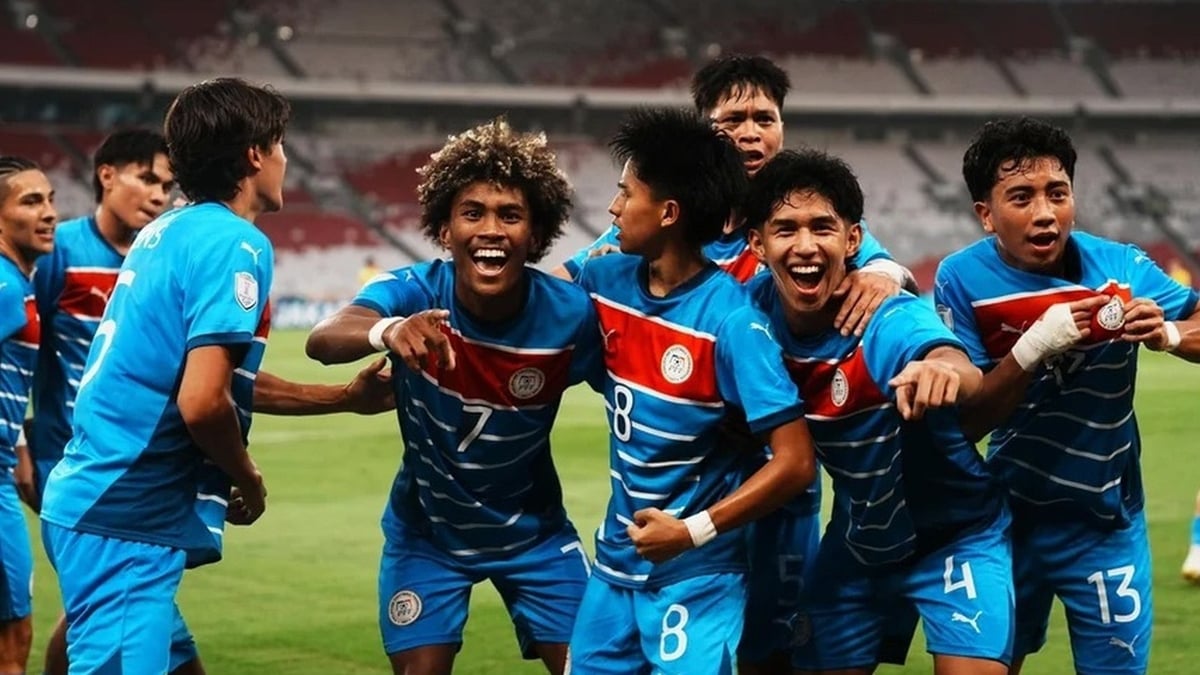




















































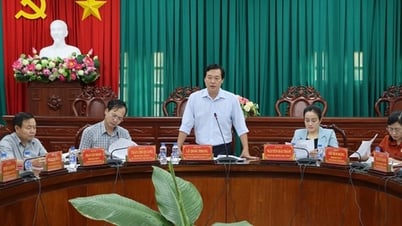


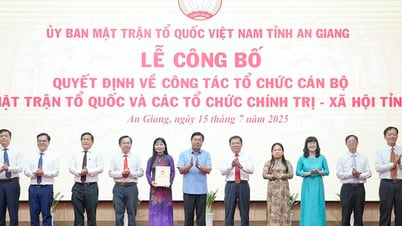


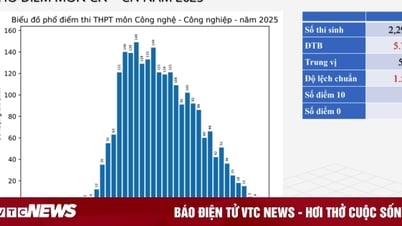


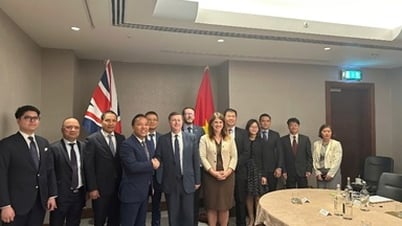
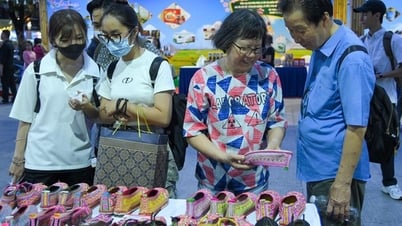

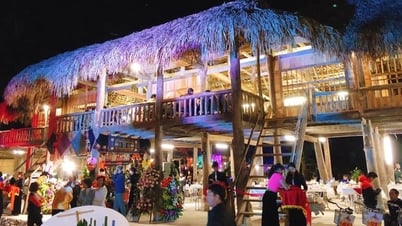

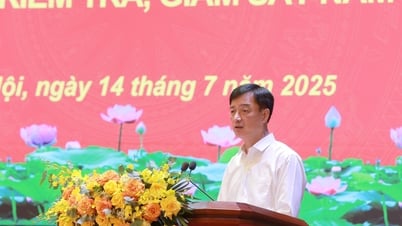




















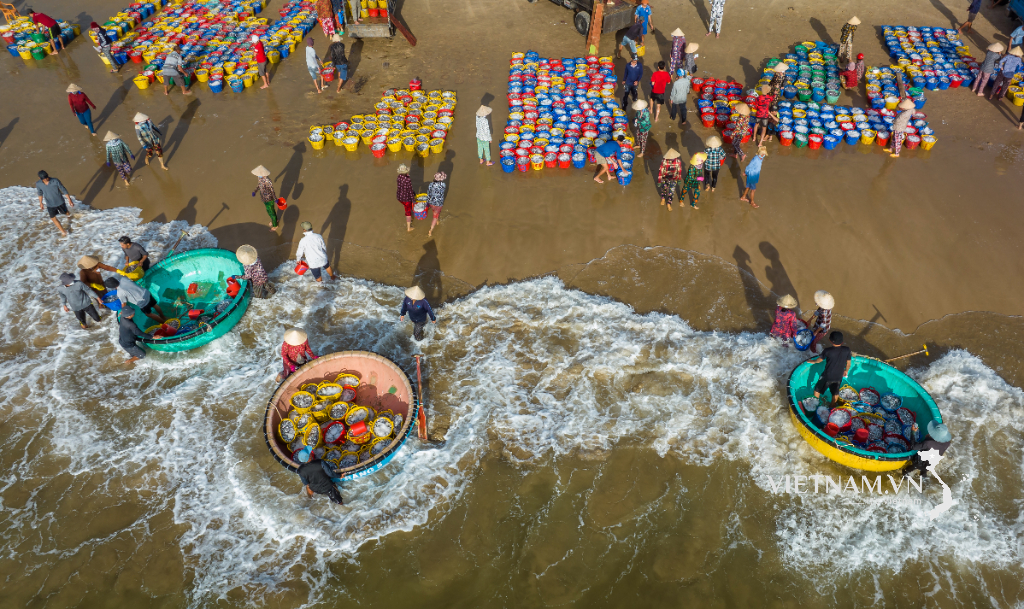
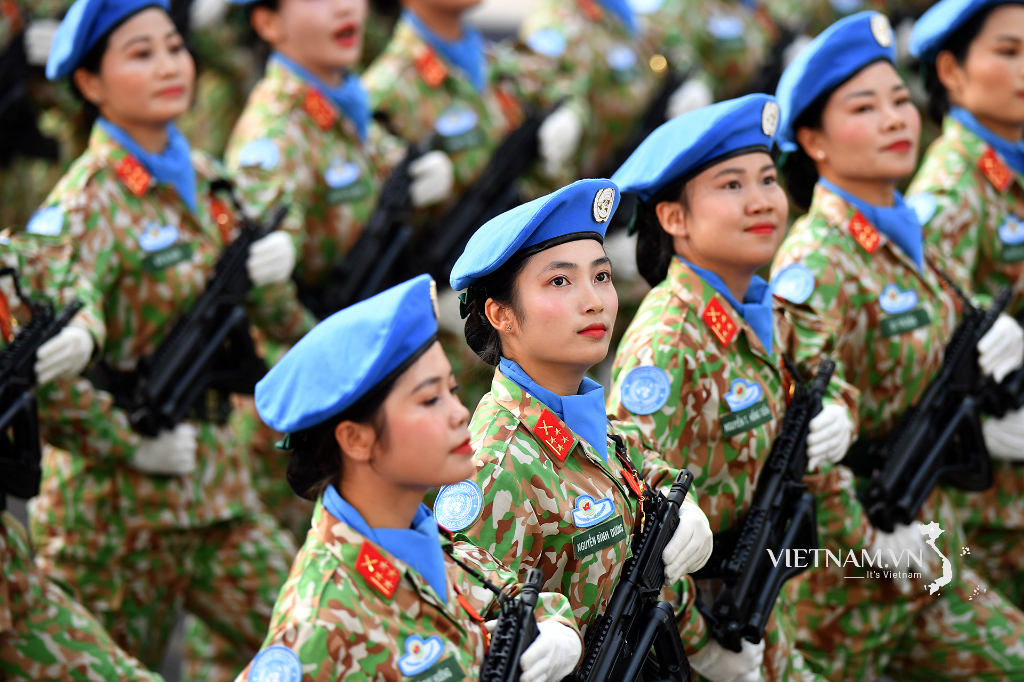
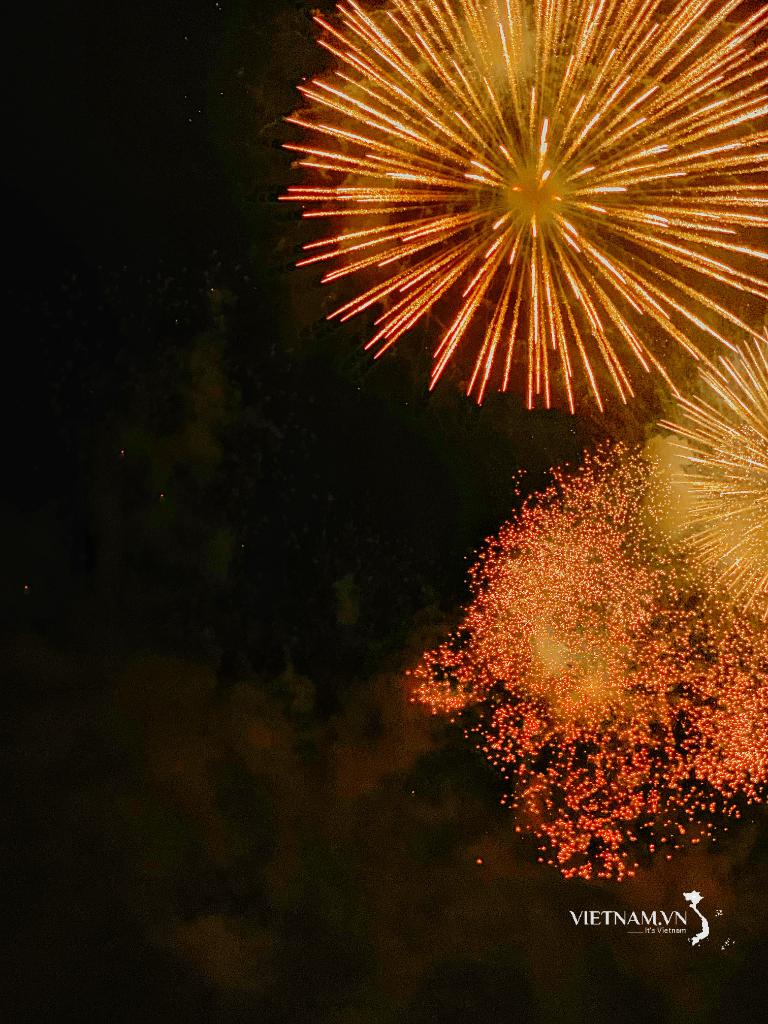
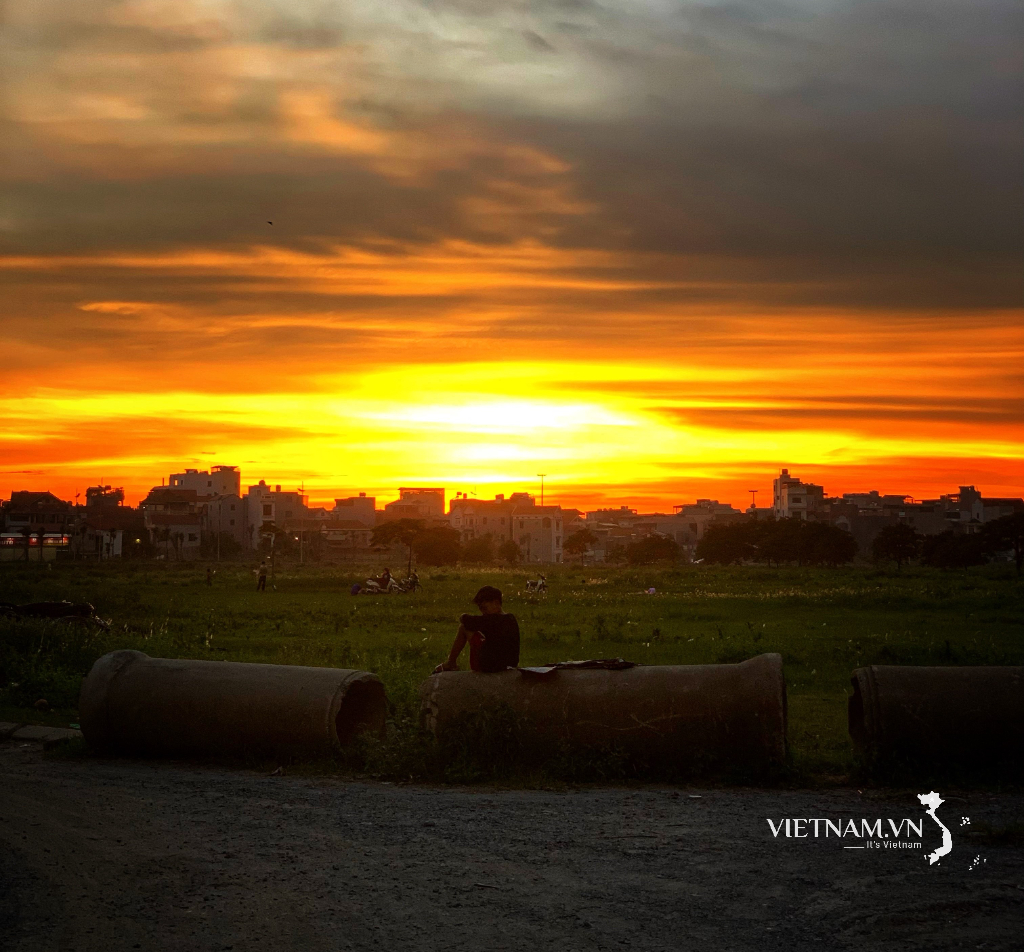
Comment (0)